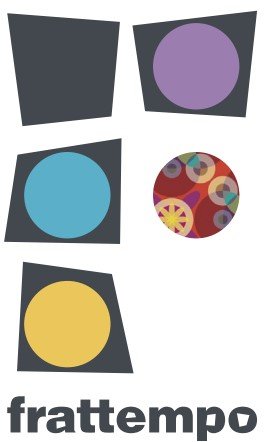Supporting and developing curiosity in the early years environment
Cambridge Early Years is a programme for 3-6 year olds. It gives learners the best start in life, helping them meet their key milestones and thrive in and outside of school. In this blog, Cambridge Early Years author, Gill Budgell, explores curiosity in the early years classroom.
Curiosity is a word full of eagerness to know or learn. We can excite, arouse and satisfy curiosity; we can burn with curiosity; we can ask ‘out of’ curiosity; and we can pretend we have an idle curiosity for no particular reason. But what is it we do as Early Years practitioners to foster curiosity in our children?
Modelling and questioning
We need to set up an environment that elicits curiosity and ensure that we support children to develop curiosity around their own interests. To be honest, it’s hard to imagine being curious about something that is of no interest. So we can model what curiosity might look like when we investigate or discover something that we want to know more about. And we can listen to children’s questions and respond sensitively with answers that further support their curiosity. We can also ask open questions to encourage and guide them as connections are revealed.
Some of the open ended questions you can ask: I wonder what else...? What happens if…?
I wonder (followed by a question word)?
What would you like to know?
How could you find out more?
How do you know?
Why did that happen?
When did you discover that?
Who could help us?
Using rich vocabulary
Be mindful of the vocabulary of curiosity to both support and challenge as appropriate. As children become curious, talk about fascination and intrigue. Talk of explorations and investigations. Talk about sparking an interest and responding to questions with yet more questions to flame or inflate the curiosity. Similarly, use the language of prediction and encourage children to try to work out answers for themselves, for example, ‘What do you think will happen if…?’
Using the senses
Sometimes, curiosity is about silence and watching. For example: Listen carefully, what is that we can hear? ‘Eyes peeled’ or Eyes at the ready! What did you notice? Did you see THAT?! What was it?
Expressing curiosity
Be open to different forms of expression according to a child’s strengths. For example, it might suit a child to express their curiosity in ways other than verbal such as mark-making or dance. Ensuring resources are accessible and available for children to select, will encourage them to access what they need when they need it, thus supporting their independence too.
Enabling curiosity in the curriculum
Ensure your curriculum is rich and holistic, like Cambridge Early Years, and that your setting has something new every day. We want to revisit and consolidate past explorations, but children love to explore something new, however small. This may be incidental such as a small stone, a shell or a quirky-shaped leaf found outside. Or it may be something of scale or stature such as a VR elephant stood in the sandpit.
It might also be more constructed such as a curiosity box or tank. In my local nursery in Hertfordshire (UK), the items in the curiosity tank were visible through the sides as well as from the top. They included colours and textures of all kinds in line with the curriculum plan and children explored hungrily.
The fairy lights twinkled and reflected as the children observed and exchanged ideas, and asked questions. In this instance they had been asked to notice, watch and not touch which invited many revisits. We encourage full use of all the senses, but sometimes its intriguing to restrict too (not least to keep children safe).
It might be that you could encourage viewing from other perspectives e.g. underneath, closer, far away or above, if resources allow. Include items that are in and of themselves intriguing or unique, but also items that allow for new directions.
Above all, allow time for children to follow their thoughts and questions to enable them to become more and more curious, or as Alice in Wonderland famously said, ‘curiouser and curiouser’.
Discover more about the Cambridge Early Years programme today. Designed to support 3–6-year-olds, it helps give learners the best start in life and develop the knowledge, understanding and skills they need for the next stage in their education.


